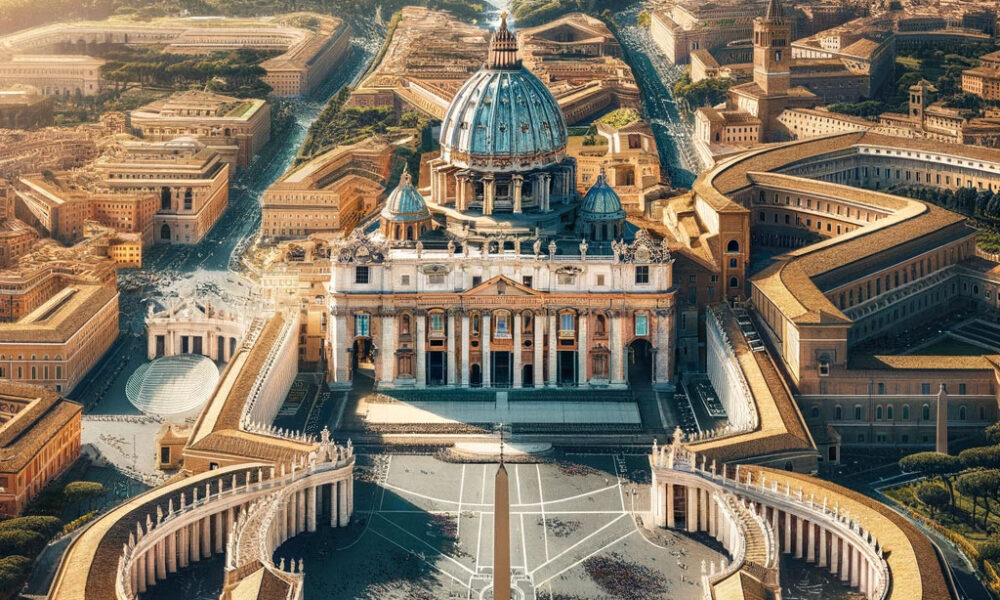madtechventures.com – The Vatican, officially known as the Vatican City, is a sovereign city-state enclaved within Rome, Italy. It is the smallest independent state in the world and serves as the spiritual and administrative center of the Roman Catholic Church. This article explores the rich history and profound faith that have shaped the Vatican into the iconic institution it is today.
Historical Foundations
The history of the Vatican as the seat of the Catholic Church dates back to the 4th century AD, when a basilica was constructed over the grave of St. Peter, one of the twelve apostles of Jesus Christ. This site became a focal point for Christian pilgrimage and eventually evolved into the Vatican we know today. The Vatican’s significance grew as it became the residence of the Pope, the Bishop of Rome and the leader of the worldwide Catholic Church.
The Role of the Popes
Throughout its history, the Vatican has been shaped by the leadership of various Popes, each leaving a unique legacy. The Popes have not only been spiritual leaders but also influential political figures, often playing significant roles in the affairs of Europe and beyond. The Vatican’s influence has waxed and waned over the centuries, but it has consistently remained a symbol of Christian faith and tradition.
The Second Vatican Council
One of the most significant events in the Vatican’s history was the Second Vatican Council, held from 1962 to 1965. This council marked a period of renewal and reform within the Catholic Church, aiming to modernize its practices and make them more accessible to the faithful. The council’s documents, including the encyclical “Lumen Fidei” by Pope Francis, have been instrumental in guiding the Church’s teachings and practices in the modern era.
Faith and Doctrine
The Vatican is not only a historical site but also a center of faith and doctrine. The Catechism of the Catholic Church, a fundamental text for Catholic doctrine, is housed here. It outlines the teachings of the Church on various aspects of faith, including the life of man, the handing on of faith through catechesis, and the structure of the Church’s teachings. The Vatican’s role in preserving and disseminating these teachings is crucial for the global Catholic community.
Cultural and Artistic Significance
The Vatican is renowned for its rich cultural and artistic heritage. The Vatican Museums, which include the Sistine Chapel with its famous ceiling painted by Michelangelo, are among the most visited museums in the world. These artworks not only reflect the artistic achievements of the Renaissance but also serve as a testament to the Church’s patronage of the arts throughout history.
Modern Challenges and Adaptations
In the modern era, the Vatican faces various challenges, including the need to adapt to changing societal norms and the demands of a globalized world. The Church’s teachings on issues such as social justice, environmental stewardship, and interfaith dialogue are continually evolving to address contemporary concerns. The Vatican’s efforts to engage with these issues reflect its commitment to being a relevant and compassionate institution in the 21st century.
Conclusion
The Vatican stands as a testament to the enduring power of faith and tradition. From its historical roots to its modern-day challenges, the Vatican continues to play a pivotal role in the spiritual lives of millions of Catholics worldwide. Its rich history, profound faith, and cultural significance make it a unique and irreplaceable institution in the global landscape.
